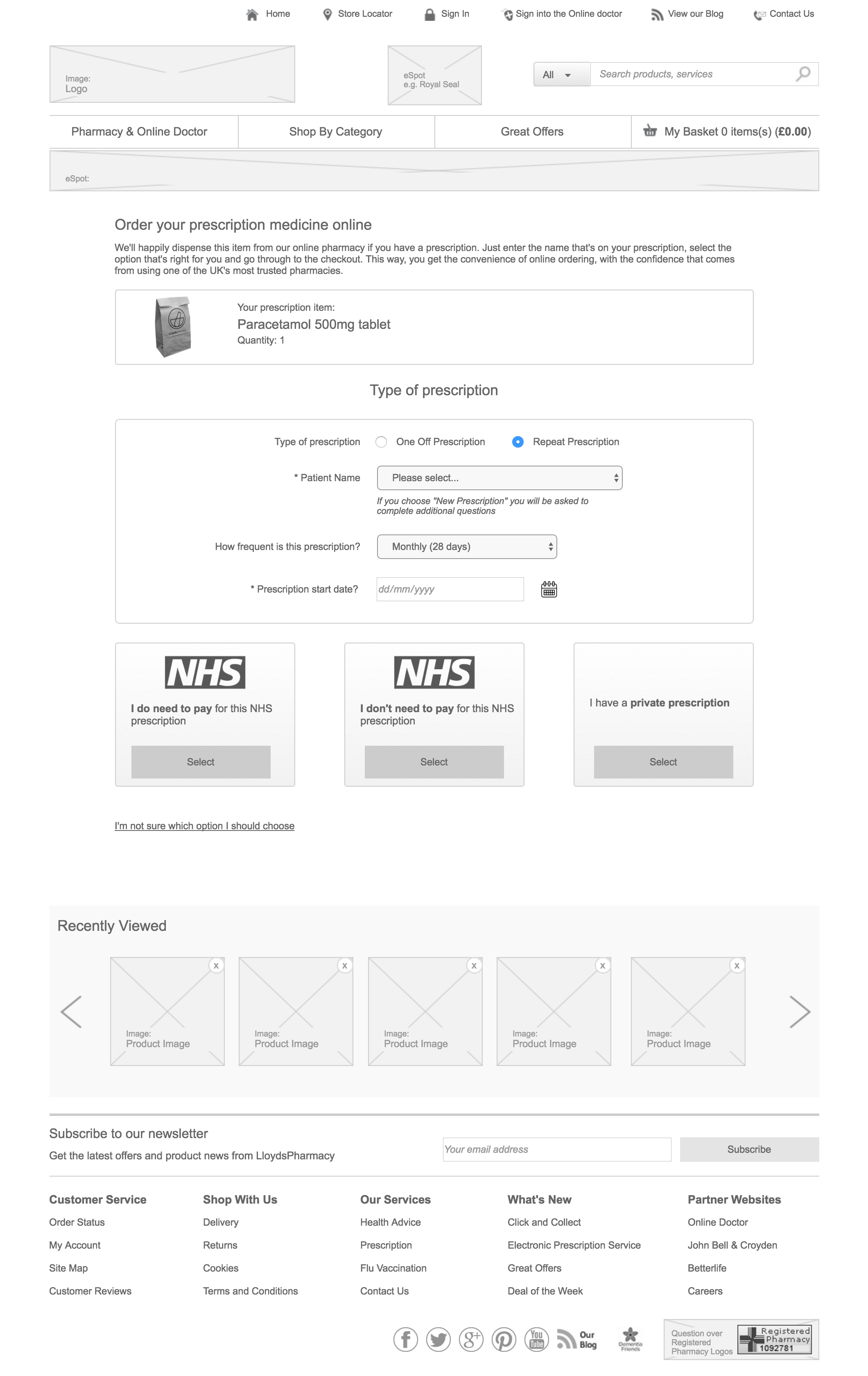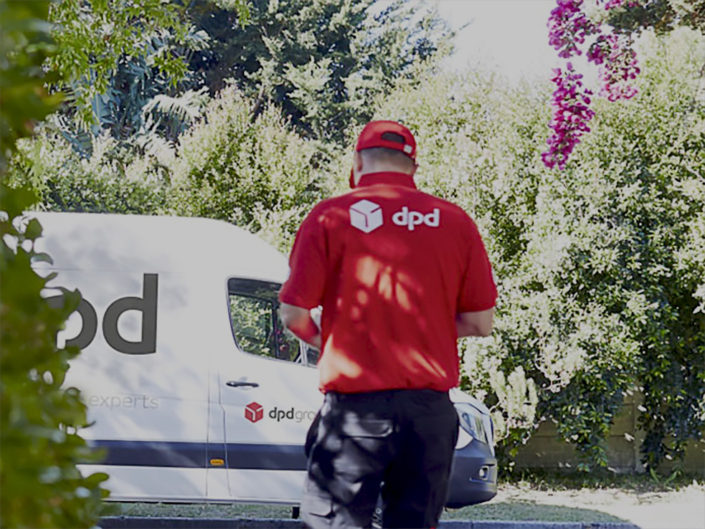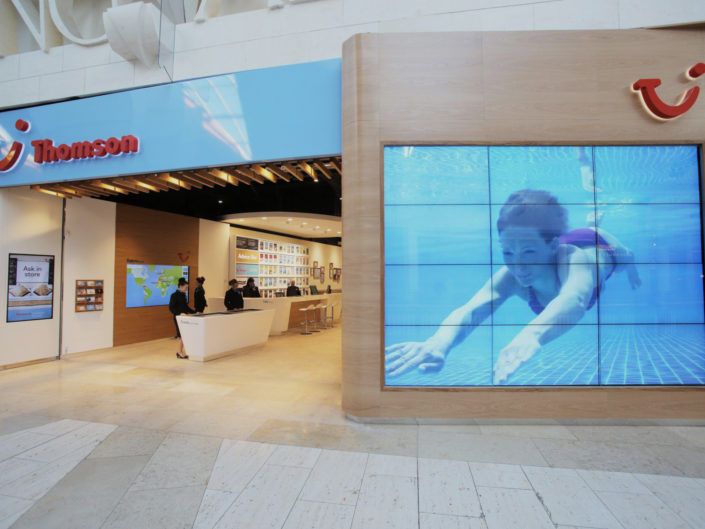Celesio
Celesio is probably best known in the UK for Lloyds Pharmacy. However this large healthcare and pharmaceutical company operates in multiple countries around the world with the majority of its business in the UK coming from the distribution of medication, supplies and services to hospitals, prisons and other institutions and businesses.
During a large re-platforming project to IBM WebSphere Commerce, I was responsible for the user flows and the interaction design of 3 business-to-consumer (B2C) and 4 business-to-business (B2B) websites which included a number of antiquated and/or siloed websites (as a result of acquisition). The underlying rationale for the re-platform was to benefit from a single code base, and therefore the synergy, flexibility and scalability that comes with it.
The B2C aspect of the project was relatively straight forward, this was largely a “lift and shift” / consolidation exercise, although there were additional user journeys created around electronic and repeat prescriptions.
Typically in the B2B world users have to use the system whether they like it or not, but there were still challenges to ensure what was proposed was simple and usable for the end user.
From an aesthetic point of view we were conscious that the lifecycle of B2B systems is typically much longer than consumer solutions so we actively avoided the latest design trends as this would make the site feel outdated much faster than a clean, simple design.
Other considerations we needed to take into account when working on the B2B part of the project included domain specific features such as contract pricing, multiple baskets, sent orders (which is where the contents of a basket are submitted automatically at a specific time regardless of whether they had been manually submitted by the user or not) and “Buy on Behalf of” functionality (which allows a sales rep to place an order on behalf of their client). There were also a number of instances where bespoke functionality had been created over time solely for use by key accounts. Identifying these nuances involved liaising closely with domain experts so we could gain as much domain knowledge as possible whilst still bringing our UX expertise to the table.
We also needed to be mindful of links to legacy and other systems as it was hypothesised by the business that existing users and customers would be reluctant to change their workflow. It’s a common observation on B2B projects that any new tool is often considered worse than the old one as users are used to doing things in a particular way, to the point where certain cumbersome tasks are not identified as problems anymore. We had to carefully assess the legacy systems that were in place and how they were used so we could determine which interactions should be kept intact to keep the system usable for existing users and which should be changed to make the learning process easier for new and occasional users – which is arguably becoming a bigger consideration based on Government stats regarding the increase in temporary / flexible workforces (opens in a new window).
Combating this involved observing how the systems were actually used so we could uncover the real use cases we needed to cater for and weed out any unnecessary functionality. Since this involved specialist recruitment, participants had to be sourced in collaboration with Celesio.
To hugely generalise a B2C eCommerce customer; the customer typically buys for themselves, are responsible for researching the options, setting a budget, approving the cost, making the final decision, receiving the shipment and using the product.
When it comes to the B2B world, each of these steps will likely involve different people in different departments with differing levels of responsibility so it was important that the solution gelled into each departments processes so it was clear what is expected from each actor and when.
As expected, basic usability principles for learnability, memorability, error prevention and recovery, efficiency and satisfaction are all important no matter who the site is built for but, unlike B2C sites, B2B systems are less about attracting and entertaining the user and more about efficiency and effectiveness which meant our goal was to ensure the system had the features that were needed by each user group, no more, no less.
The B2B challenges observed on this project are by no means unique, I experienced similar challenges during another large re-platforming project for Premier Farnell which involved 46 sites, 50 languages and over 20 currencies.
SOME OTHER PROJECTS YOU MIGHT BE INTERESTED IN
Alternatively, if you’d prefer to discuss how I can help with your project, feel free to get in touch.













